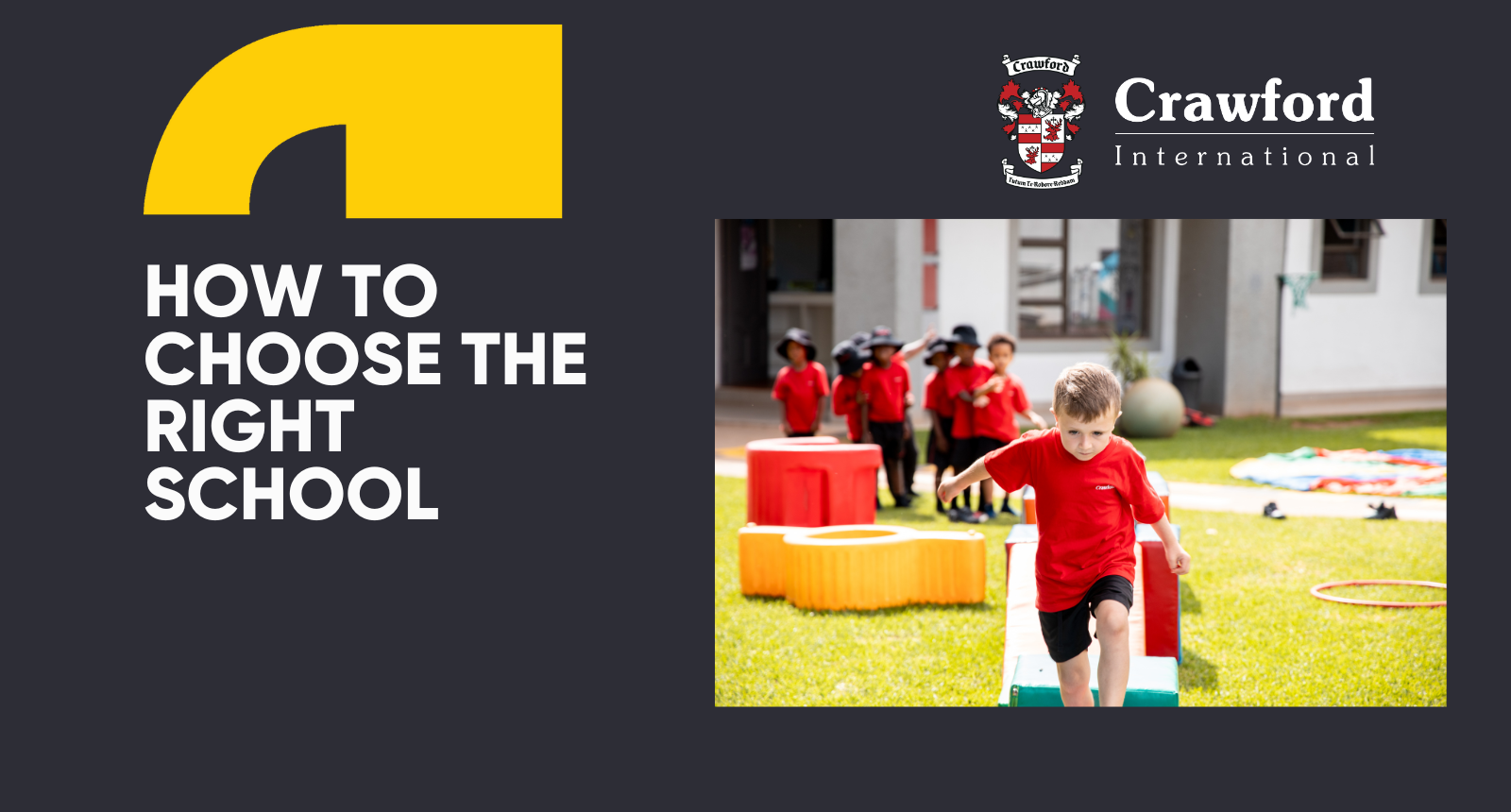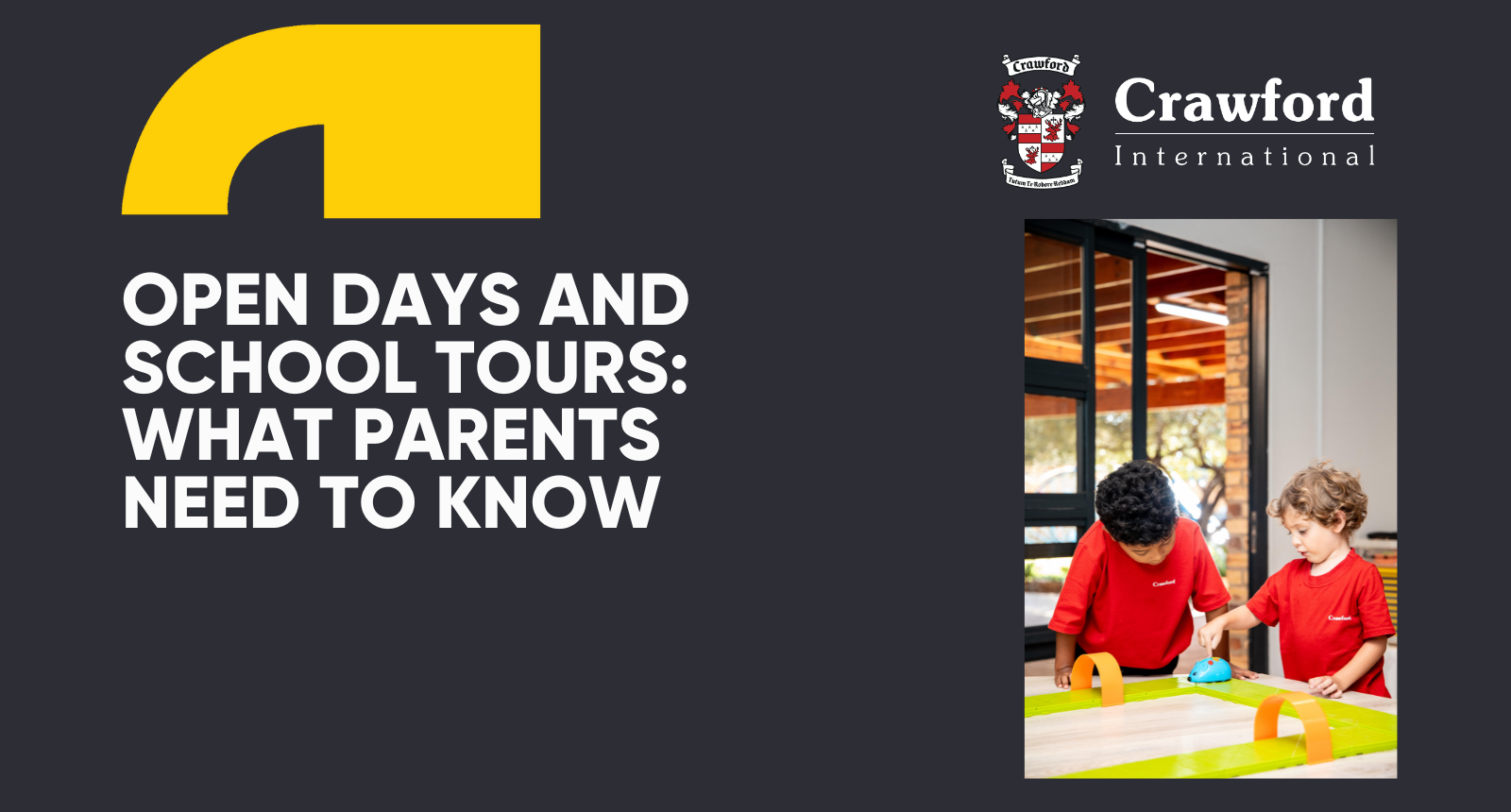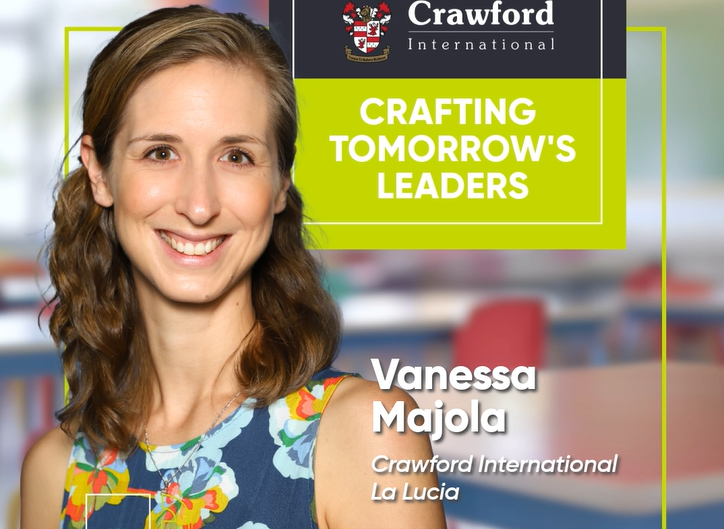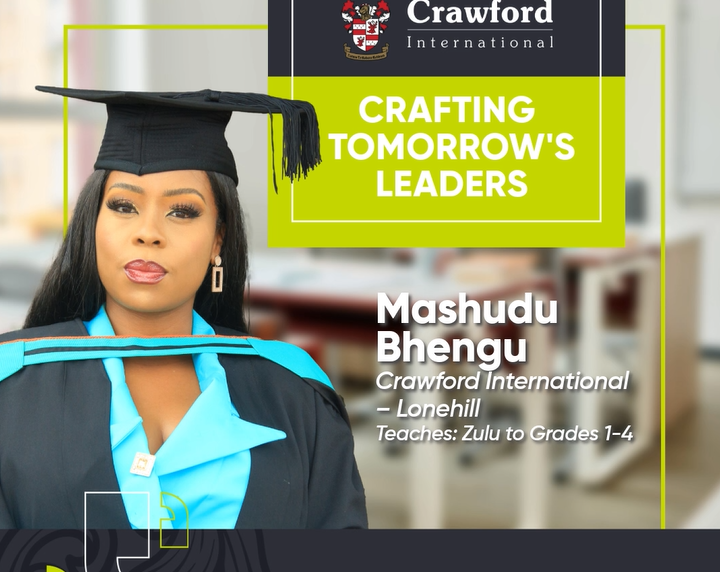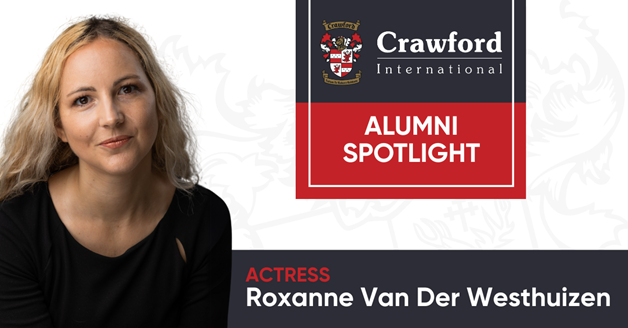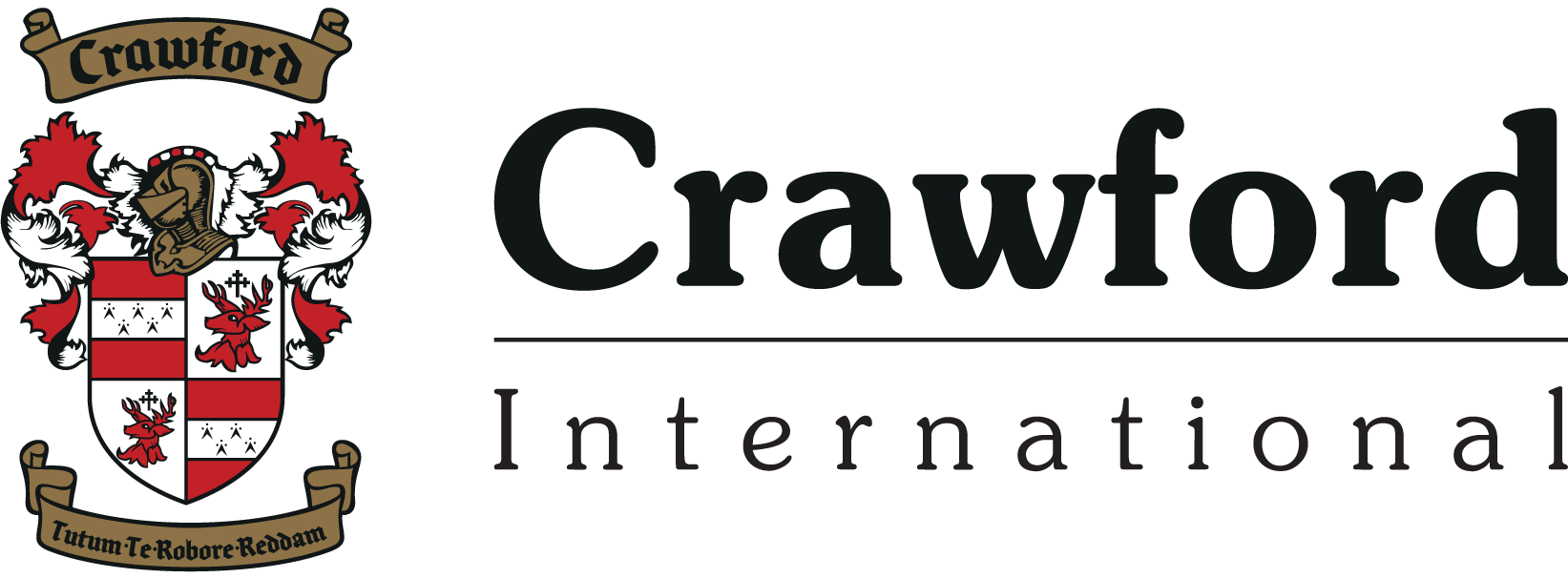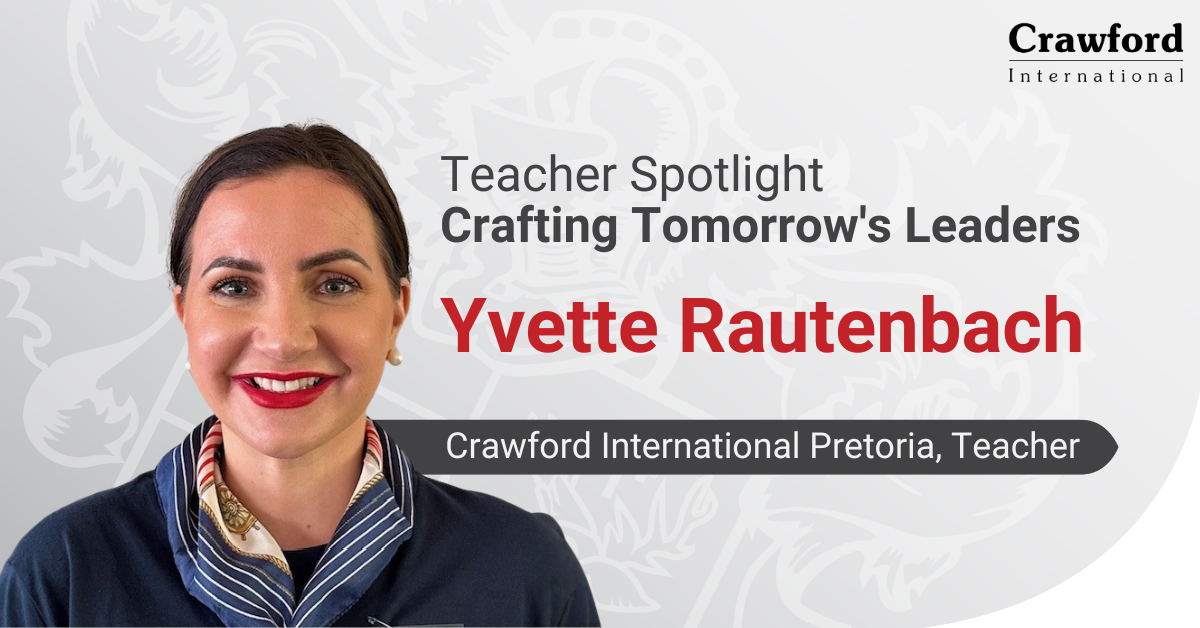How Collaborative & Cooperative Learning Transforms Classroom Engagement at Crawford International
September 27, 2024
In today's dynamic classrooms, the importance of collaborative and cooperative learning cannot be overstated. As an approach that empowers students to take charge of their learning, it goes beyond the traditional teacher-centred model, encouraging active participation, communication, and a deeper understanding of concepts. But what exactly do we mean by collaborative and cooperative learning, and how do these methods enhance classroom engagement?
What is Collaborative and Cooperative Learning?
Collaborative learning refers to an educational approach where students work together as a team to achieve shared learning goals. It encourages the exchange of ideas, peer-to-peer teaching, and problem-solving. In this model, students are encouraged to discuss, debate, and learn from one another's perspectives, promoting critical thinking and mutual respect.
Cooperative learning, while similar, has a more structured framework. It involves students working in small groups, with each member assigned specific roles or tasks. This structure ensures that everyone contributes to the group’s success, fostering a sense of responsibility and accountability. In essence, collaborative learning is more fluid, while cooperative learning provides a more defined approach to group work.
What are the Benefits of Collaborative and Cooperative Learning?
The advantages of these learning approaches extend far beyond academic success:
- Enhanced Engagement: Both collaborative and cooperative learning actively involve students in the learning process. By working together, they remain engaged, motivated, and invested in their education.
- Improved Social Skills: These approaches promote communication, teamwork, and empathy. Students learn to articulate their thoughts, listen to others, and respect diverse viewpoints.
- Critical Thinking and Problem-Solving: Collaborative and cooperative tasks require students to think critically, analyse information, and develop solutions as a team, preparing them for real-world challenges.
- Increased Confidence: Working in groups helps build self-esteem, as students feel valued for their contributions. It creates a supportive environment where they can learn from one another and take risks without fear of failure.
- Deeper Understanding: Learning through interaction enables students to explore concepts more thoroughly, ensuring they understand topics rather than just memorising facts.
How Does Crawford International Utilise Collaborative and Cooperative Learning?
At Crawford International, collaborative and cooperative learning is an integral part of our teaching philosophy. Our teachers create a classroom environment that nurtures curiosity, encourages teamwork, and values every student's input. Here’s how we bring these approaches to life:
- Group Projects and Activities: Our students regularly participate in group projects where they collaborate on tasks, share ideas, and work towards a common goal. These projects span across subjects, providing opportunities for them to apply their knowledge in real-world scenarios.
- Interactive Discussions: Crawford classrooms are spaces where open dialogue, agency, inquiry learning are encouraged. Teachers facilitate discussions that prompt students to express their thoughts, ask questions, and engage in healthy debates.
- Technology Integration: We utilise technology to support collaborative learning, with digital tools that enable students to work together, even outside the classroom. This approach ensures they remain connected, engaged, and able to collaborate effectively.
By embracing collaborative and cooperative learning, Crawford International ensures that our students not only excel academically but also develop essential life skills. These approaches prepare them for the future, equipping them with the confidence, adaptability, and communication skills they need to succeed in a rapidly changing world.
